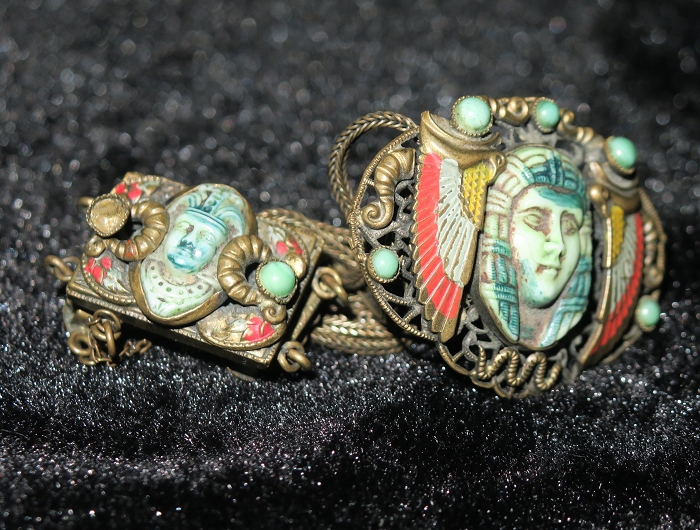
It is about 6cm long when closed, about 10cm long when unfolded, about 4×3cm for Cleopatra, about 2.5×1.5cm for Pharaoh, and about 31g in weight, with a closed structure.
Inlaid with 8 gem-quality turquoises, the expressions of Cleopatra and Pharaoh chiseled from the same gem-quality turquoise are majestic and lifelike, and the details are meticulous and breathtaking.
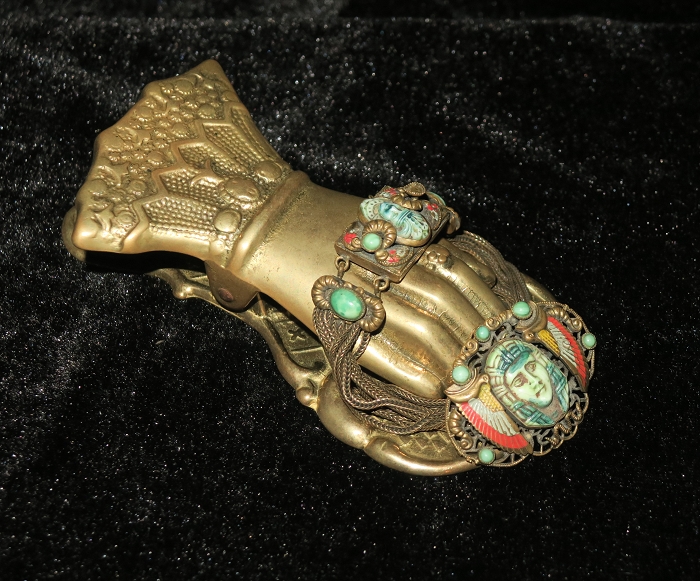
In the middle and late 15th century, the Ottoman imperial women’s bracelets are not recorded in any major museums in the world, and the only one known so far. Almost negligible signs of aging, excellent condition with no damage.
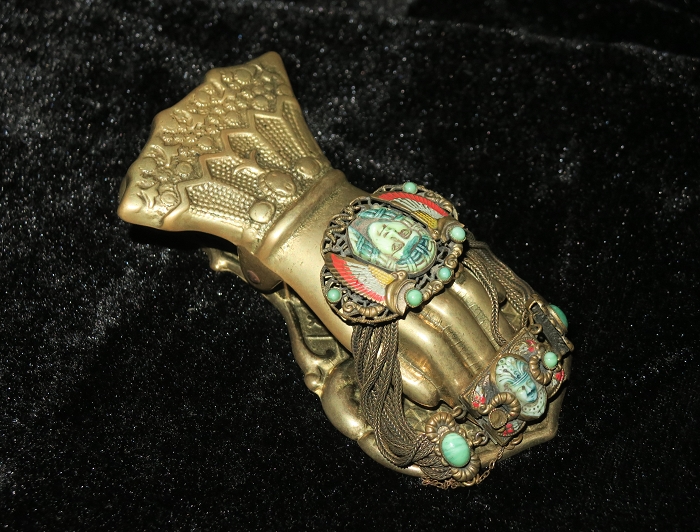
It is purely handcrafted, including the chain links, which are all welded by hand. The dragon patterns are engraved around the statues of Cleopatra and Pharaoh. The dragons are slender and interlinked to form a combination pattern. Apply colorful enamel, beautiful.
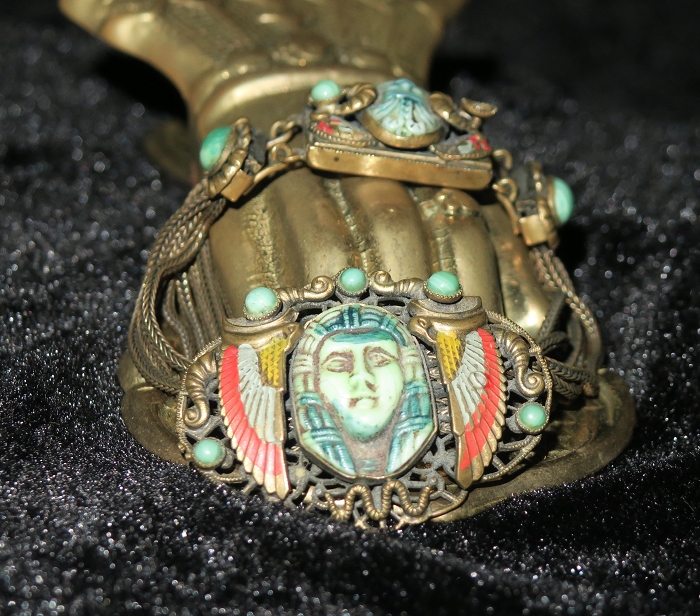
Kui is a legendary mythical beast whose shape resembles a snake. It was used to decorate the mouth and waist of vessels during the Warring States Period in China. The ancient Egyptian Kui pattern is more similar to a dragon and has developed into geometric shapes.
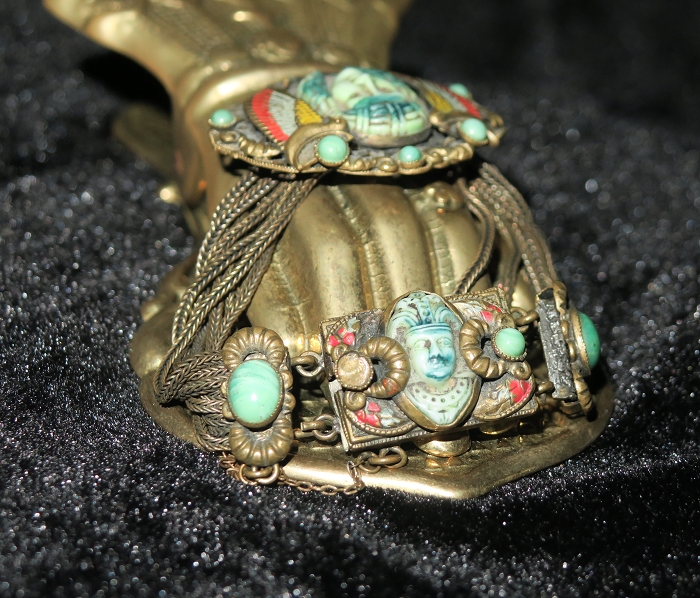
Turquoise has been a high-end gemstone for royal nobles since ancient Rome, and its value is comparable to gold. Since then, it has always run through the Ottoman Empire and has become an important factor reflecting the strength of the empire.
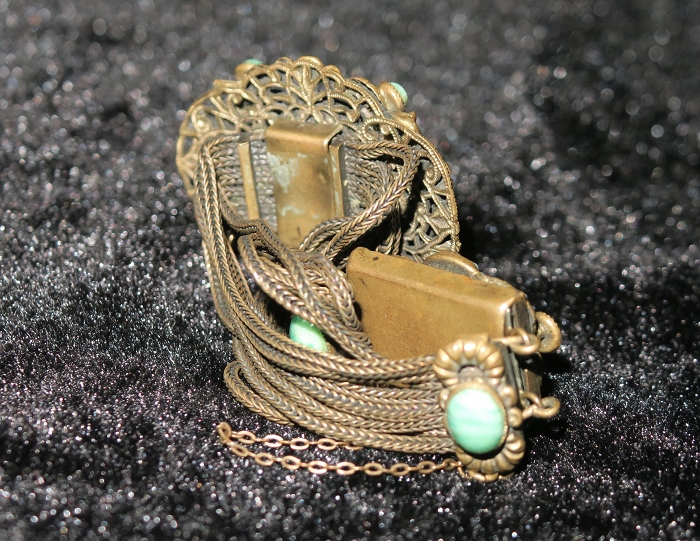
The Byzantine civilization embraced all rivers and rivers, combined with foreign cultures, and was both traditional and open. Therefore, turquoise is often paired with gold as a luxury decoration, which is both natural and beautiful.
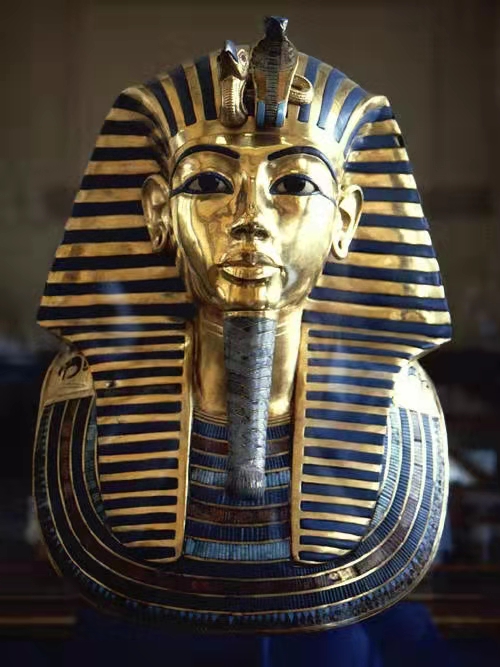
Click the picture below to get more